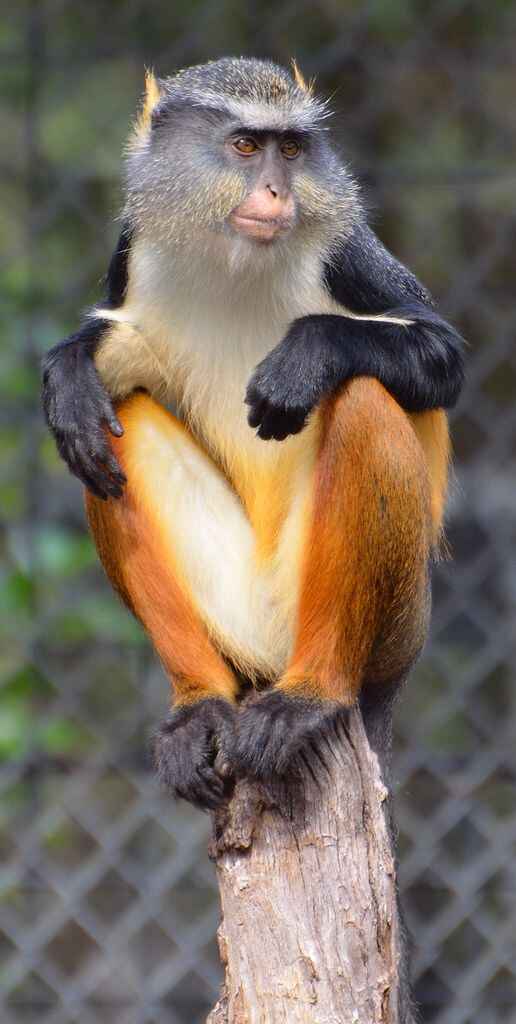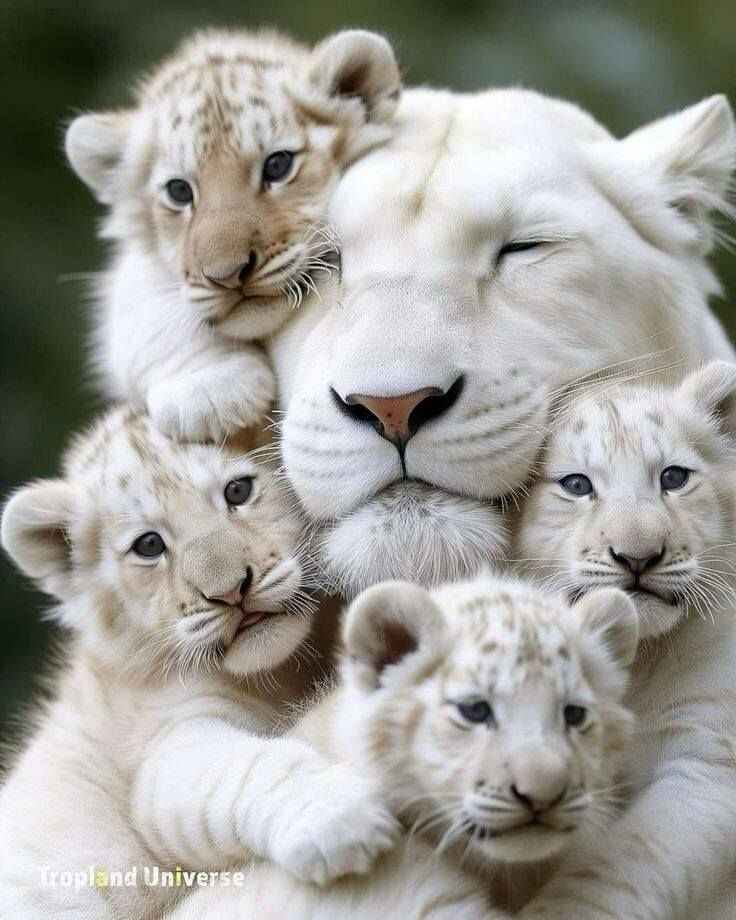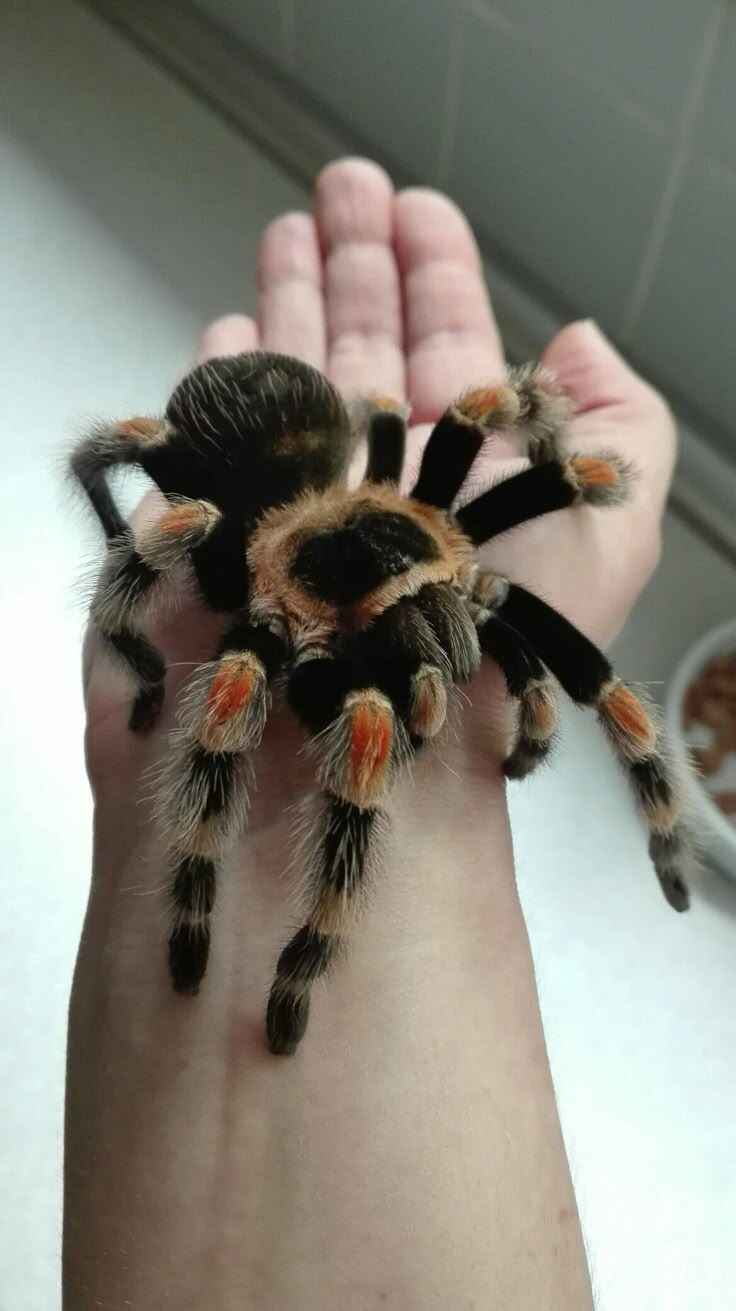Best 7 Different Types of Primates Kept as Pets
Primates have special needs that call for a great deal of care and consideration. Therefore, you should be aware that caring for a monkey or ape in a household might be really difficult if you’re searching for the greatest pet. Primates come in over 350 different species, with habitats found in Asia, Africa, and the New World. Merely seven of those primates are typically housed as pets.
Go over a few key points with owning chimpanzees, capuchins, and other animals. And before you bring one home, check at a few important factors.
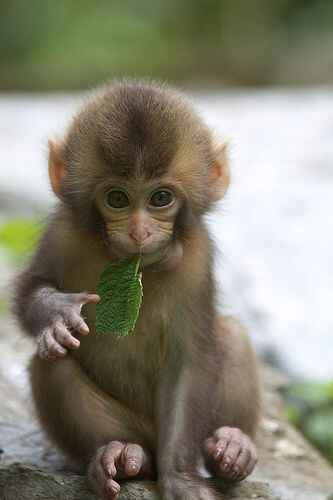
For more details visit Monkey as a pet
Important Things to Think About Before Buying a Primate
Before making your final choice, there are a few things you should consider if you’re considering adopting or purchasing a pet pet. In general, primates are not suitable as family pets; bigger primates, such as chimpanzees, are among the worst.
In several states and countries, it is unlawful to own primates. Some require licenses in order to own primates, and violators face fines and other penalties. Before thinking about obtaining a primate, be sure you understand the rules in your area.
You should also consider who will look after your pet when you have to leave the house, as not everyone is qualified to care for primates. In addition, only specific vets will see monkeys due to the potential for infectious conditions that they may carry. Therefore, before getting a primate, make sure you have a veterinarian close by in case it needs treatment.
Whether they are capuchins ($7,000) or chimpanzees ($70,000), which are larger than most monkeys, primates are pricey pets. But ongoing costs, such as a permanent food supply, upkeep of the environment, diapers, and veterinary bills, can be very expensive.
Any monkey could pose a threat to you and your family. Even if you raise the animal from birth, it is still a wild animal and could harm you at any point. Smaller monkeys have the potential to become aggressive, bite, or harm your home or enclosure. Bigger monkeys and chimpanzees have the potential to injure humans more severely or perhaps kill them. While some trained monkeys never hurt a person in their entire life, most of the time the risk is too big.
Despite their endearing appearance, most primates are long-lived, cold-blooded creatures.
Even some zoos with sizable naturalistic enclosures have come under fire for not having enough space when it comes to space requirements. While several animals may survive in enclosures measuring thirty square feet or more, others never fully adjust to living in such spaces.
Apes or monkeys require many hours of daily enrichment and interaction with you, as well as a variety, fresh meals, and lots of sunshine (for vitamin D and bone health). The animal may grow unfriendly and experience loneliness or depression if these needs are not met.
Capuchin
The capuchin, a New World monkey, regularly appears in media and film as the monkey with the hat and vest that begs for money from passersby. These long-lived, mischievous, and territorial monkeys have an average lifespan of 40 years. Despite their intelligence, the majority of them never learn to use the bathroom and are always in diapers.
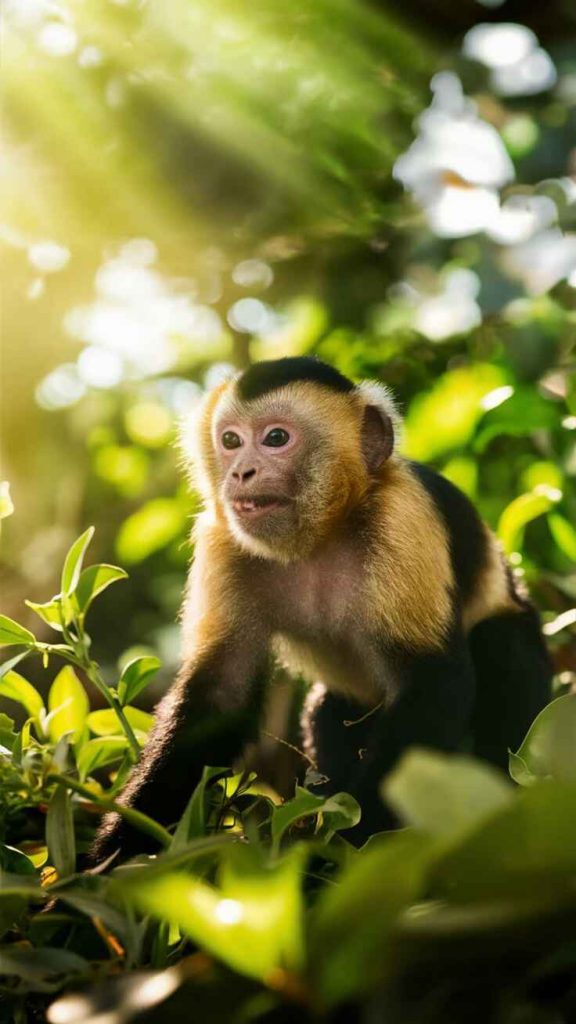
A chimpanzee
Chimpanzees can be hostile, therefore, keeping them as pets is not advised, despite some people’s success. Monkeys are not like chimps. In a technical sense, they are African forest environments and savanna native big apes. Although chimps and humans have the most DNA in common, chimps are larger, stronger animals that can outmuscle humans in physical strength. Humans have been killed and mauled by monkeys. In addition to having a lengthy lifespan (about 60 years in captivity), this species needs diapers when it is not in its enclosure.
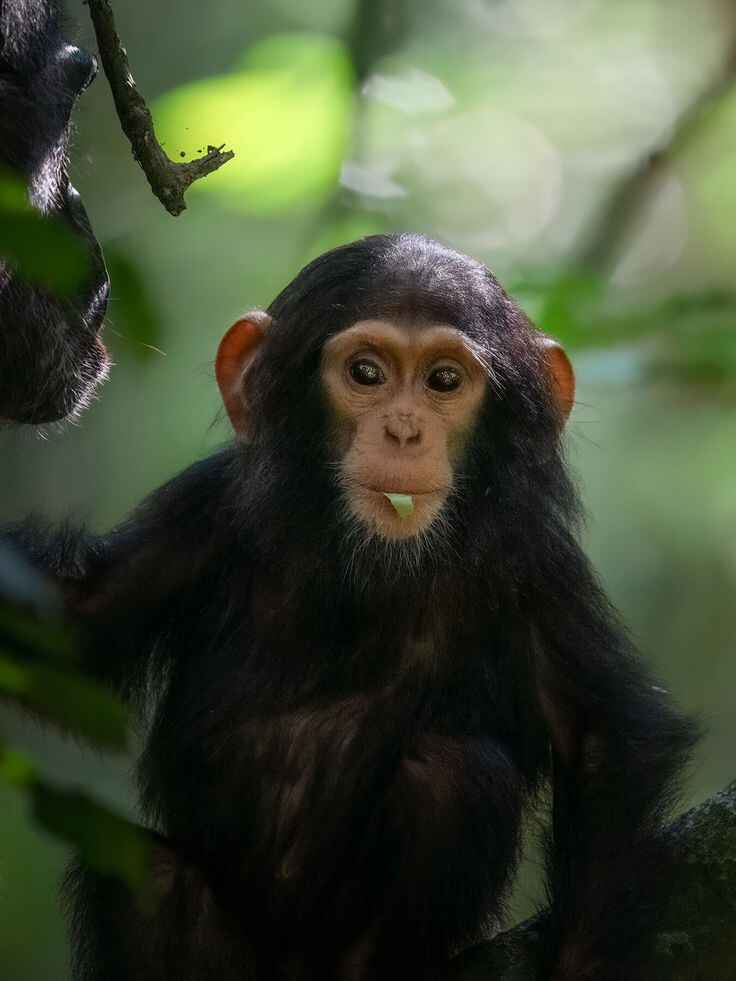
Macaque
Macaques are Asian monkeys that are smaller in stature. They have a 40-pound weight limit and a 30-year lifespan. For the duration of their lives, they must also wear diapers. To prevent them from running outside and climbing electric poles or being lost in your house, they require a spacious and safe cage. These are smaller primates, but they still need large enclosures that are at least thirty square feet in size.
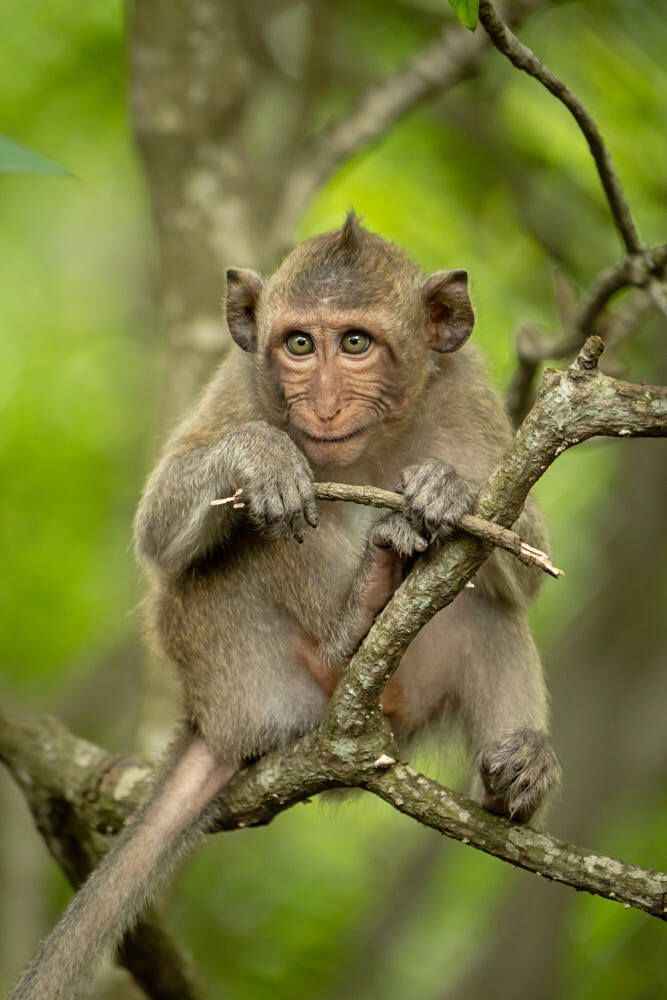
Tamarins
Though they weigh less than a pound, tamarinds are tiny New World monkeys that can survive up to fifteen years in captivity. They nevertheless have the ability to bite poorly despite having small jaws. They will escape or become stuck in the bars if the cage is not tiny enough and extremely secure. You can keep one indoors in an enclosure about seven feet square. However, like other monkey species do, they will require access to a bigger outdoor enclosed space in order to get the essential vitamin D for growth and development.
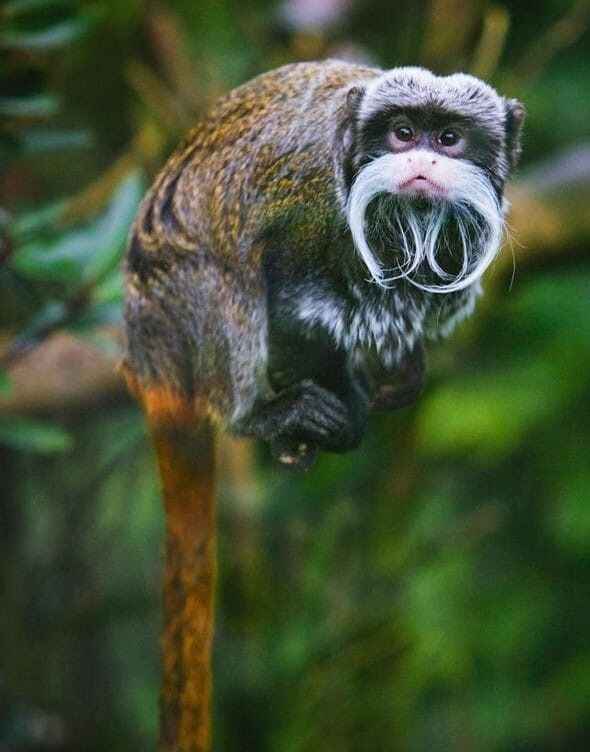
Monkey Squirrel
Acrobats, squirrel monkeys are. They require a lot of room and hanging branches for hanging and moving about. They can live up to 25 years. They use their tails to hang on trees. Additionally, they will be in diapers their entire lives. They need a wide range of foods and have strict dietary requirements.
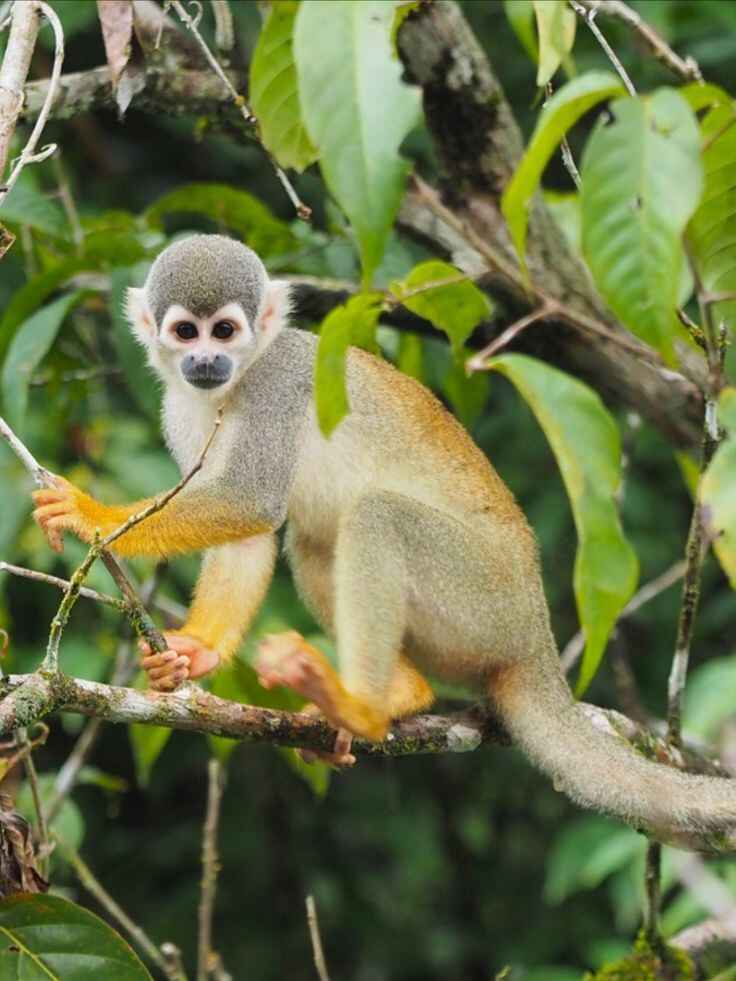
The marmoset
Marmosets are South American monkeys that resemble squirrels and have housing needs similar to those of tigers. Insects, fruit, tree sap, and other small animals make up their natural diet.These are flexible, slipping animals that are inappropriate for manipulation. Because of their unique food and UV light requirements, they are typically not suitable as pets.
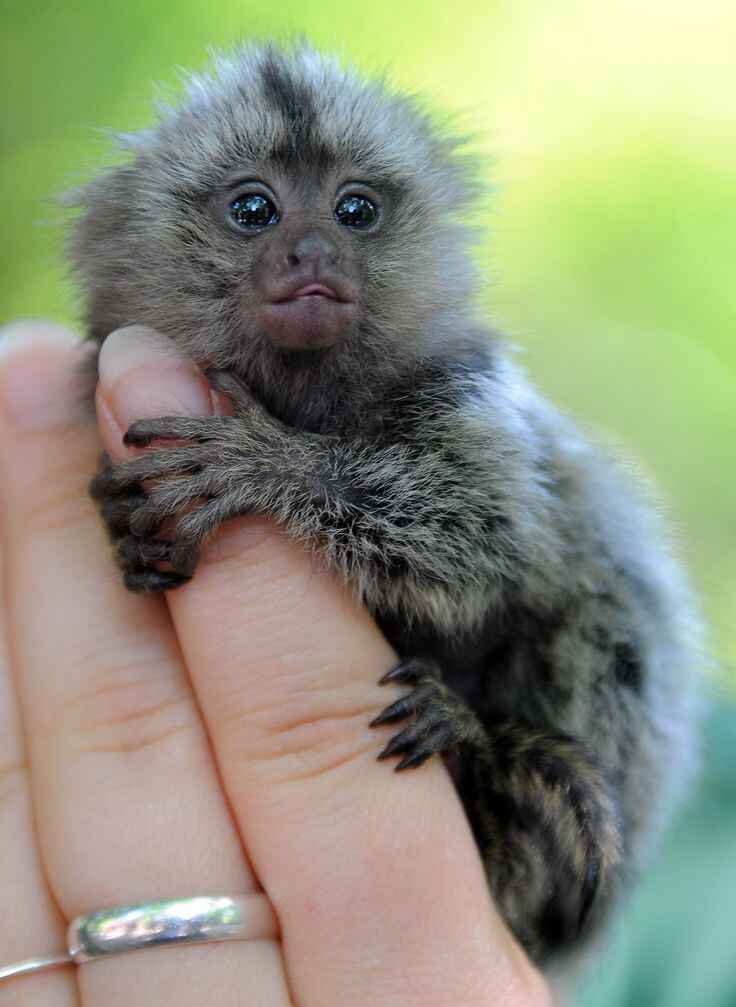
Guenon
Originally from the woodlands of sub-Saharan Africa, these 10-pound monkeys can survive up to 25 years in captivity. Guenons require a lot of upkeep as well. The most common guenon species kept as pets are the green monkey, vervet, and grivet, out of over two dozen species. In big groups, they do well. You would need to keep a troop of these animals if you wanted to keep them as pets.
